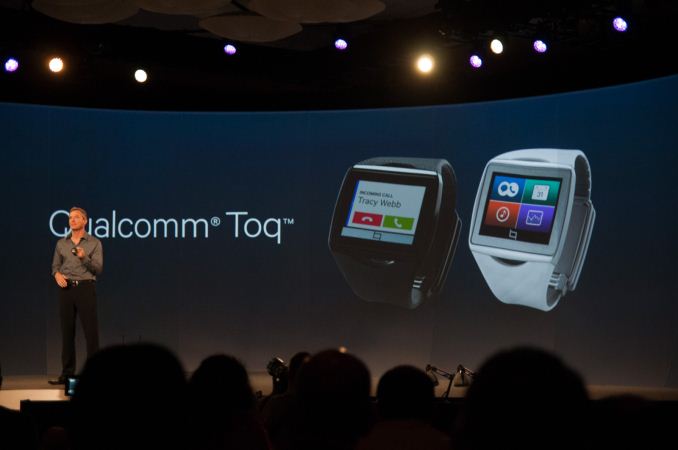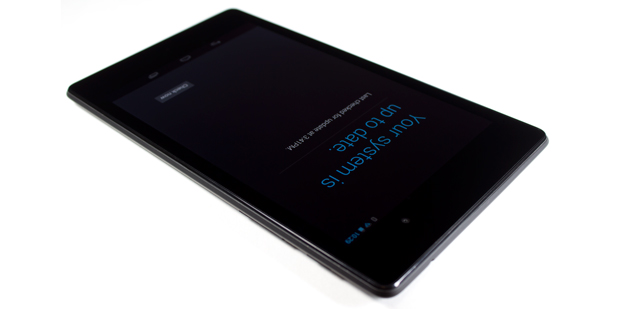
Trim, black-clad Xiaomi CEO Lei Jun has become one of the mobile mad world’s biggest taste makers in a hurry. Maybe because Xiaomi — which means “little rice” in Mandarin — offers a case study in the power of speed. The company focuses on just a few cutting-edge models at a time. And it sells these handsets fast. The last model Lei introduced sold 100,000 units in 90 seconds.
The result: the company is getting a lot of attention in a hurry. Xiaomi’s last handset quickly became the top selling smartphone in China, and thousands of press and enthusiasts jostled for the chance to hear Lei unveil Xiaomi’s latest model, the Mi3, in Beijing Thursday.
It’s a phone NVIDIA played a big role helping Xiaomi engineer, and NVIDIA CEO Jen-Hsun Huang was invited on stage to help introduce it, leading the crowd of more than 3,000 through cheers of “wei wu,” or “powerful.”
More than 3,000 ‘MiFans’ as they are known, crammed into a hall with room built for 2,100, spilling into the aisles and clambering over one another at the back of the room for a better look. More than 450 reporters from Chinese and international outlets were there too. No one wanted to miss this story.
Founded just three years ago, the Beijing-based private company is now estimated to be worth $10 billion. Xiaomi has already pushed into Taiwan and Hong Kong. Fans are buzzing about the prospects for more, and Lei has built a team that can go there, picking up top technology talent from around the globe.
The Mi3 combines a mainstream price — less than US $327.00 for an unlocked phone — with premium specs and features. Powered by NVIDIA’s Tegra 4 processor, the Mi3 includes a 5-inch 1080p IPS LCD display, 2 GB of RAM, up to 64 GB of storage, and a 13 megapixel rear-facing camera in a slick metal case featuring an aluminum-magnesium alloy metal inner frame.
Xiaomi’s new flagship is the product of a year-long collaboration between NVIDIA and Xiaomi’s growing team of engineers. The Mi3 takes full advantage of Tegra 4′s quad-core Cortex-A15 CPU and fifth battery saver core, 72 GeForce GPU cores and the unique experience all that raw power unlocks.
- Xiaomi CEO Lei Jun talks up Tegra 4.
That means best-in-class gaming, fast web browsing, full HD video playback with 4k video support, and crisp photos in a broad range of lighting conditions.
The result: a smartphone that stunned the press with its power and performance, and made an instant impression on Xiaomi’s legions of fans.










